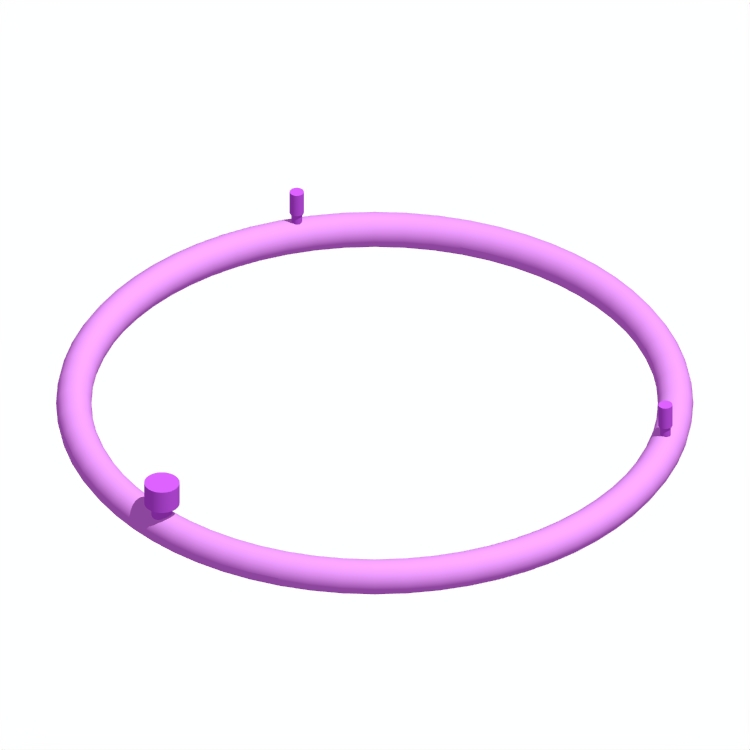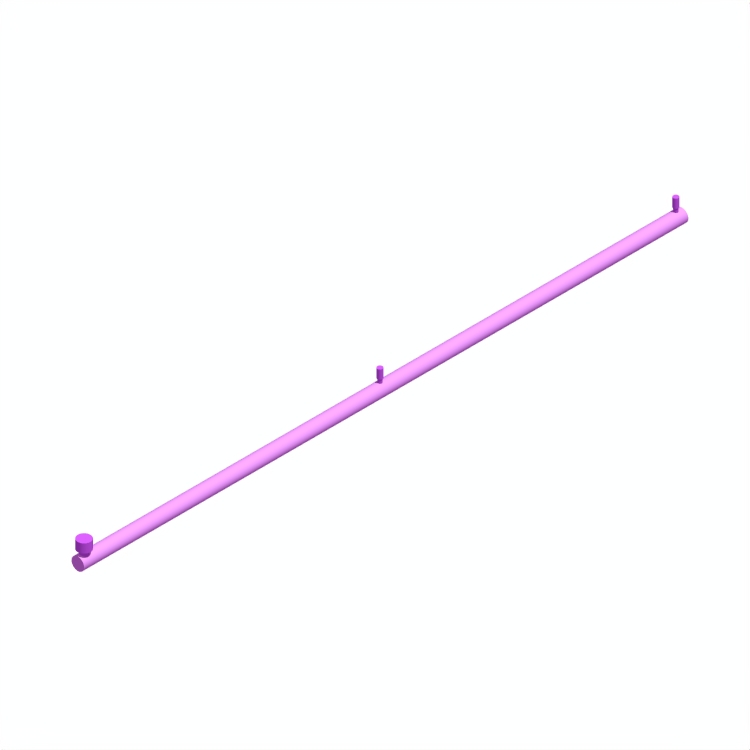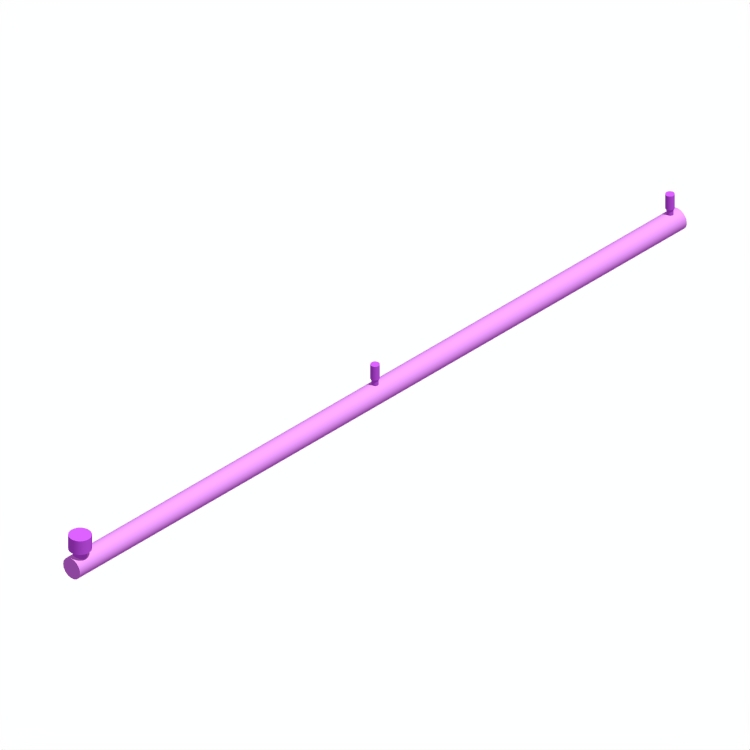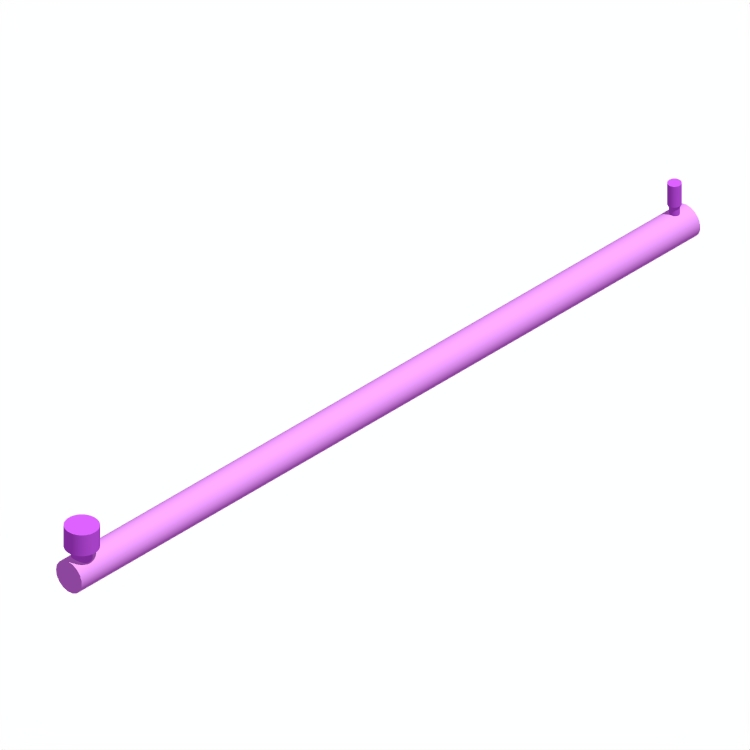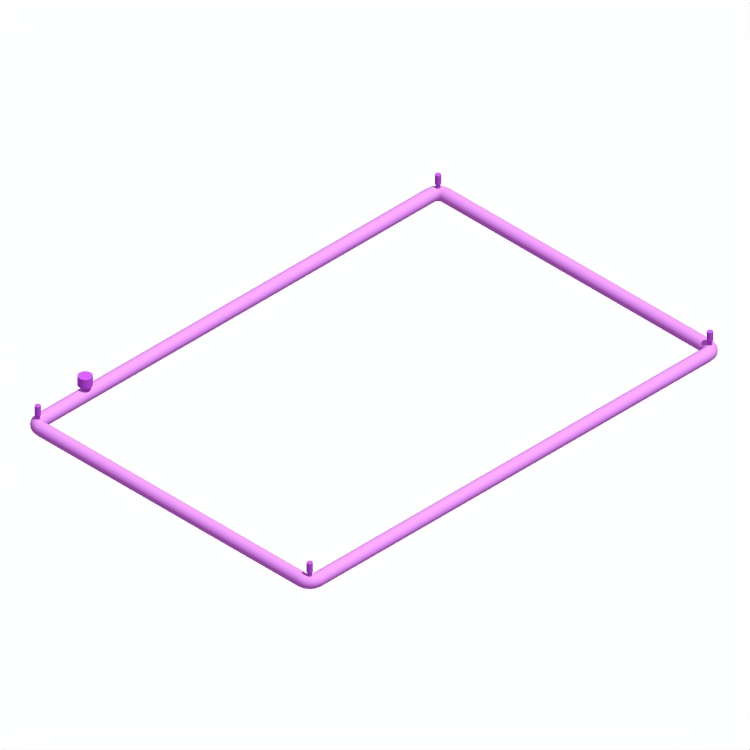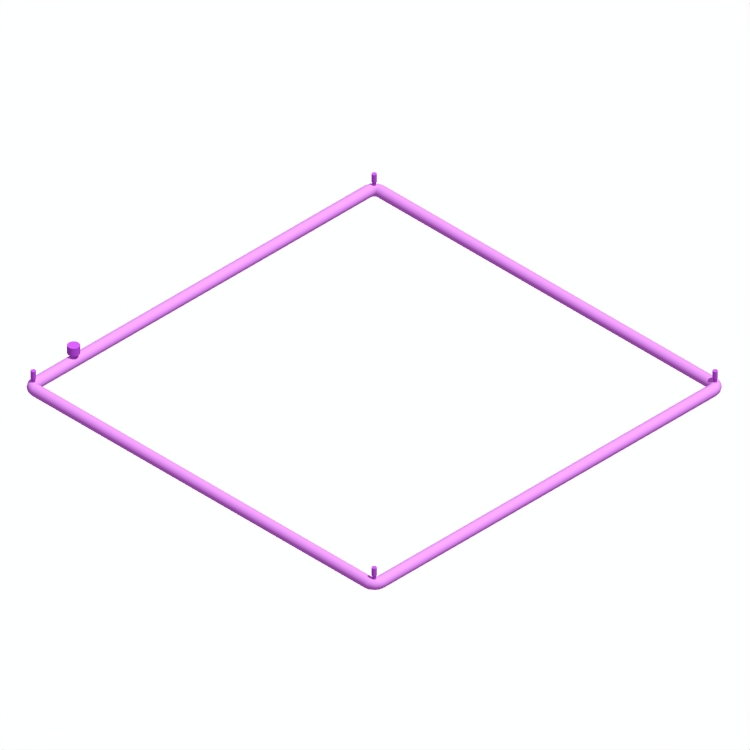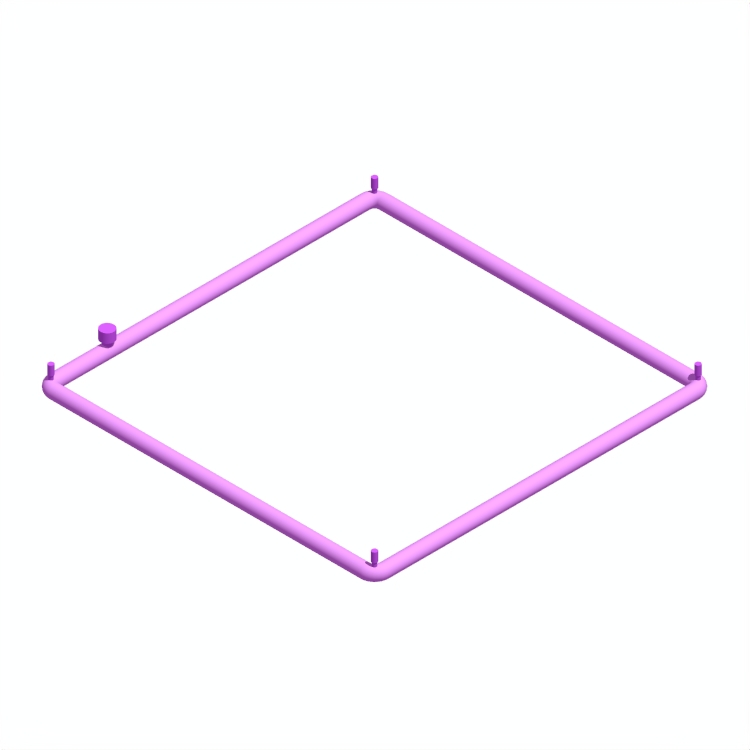Ceiling lighting, encompassing flush and recessed options, serves as a primary light source for many spaces. Flush lighting sits directly against the ceiling and distributes light across the room. It's versatile, fitting various room sizes and decors. Recessed lighting, on the other hand, is embedded into the ceiling, providing a sleek and unobtrusive appearance. Its focused light is ideal for accenting specific areas or creating ambiance. Variations in design, from simple to ornate, allow these fixtures to suit different aesthetic preferences. Both types are used in homes, offices, and commercial spaces, ensuring adequate illumination while complementing the room's style.
Ceiling lighting began with simple hanging lamps or candles. As technology improved, gas lamps became popular, offering more consistent illumination. The advent of the electric light bulb brought a transformative change, enabling a wide variety of designs like chandeliers and flush mounts. As electricity became widespread, ceiling lights shifted from mere functional illuminators to decorative elements in interior design, with diverse styles emerging to suit various decor preferences, enhancing both the brightness and beauty of indoor spaces.
The future of ceiling lighting is shaped by technology and sustainability. Contemporary trends spotlight smart lighting systems, where brightness, color, and even patterns can be adjusted through apps or voice commands. Energy-efficient LED technology is now a standard, reducing electricity consumption. One challenge is seamlessly integrating tech features while maintaining aesthetic appeal. As spaces become more multifunctional and design-conscious, ceiling lighting will be central in creating ambiance, ensuring energy efficiency, and blending seamlessly with modern interiors.
Flush lighting fixtures sit directly against the ceiling, offering a compact and streamlined appearance. Recessed lighting fixtures, in contrast, are embedded into the ceiling, hiding most of the fixture except for the inner trim and bulb. While flush lighting spreads light more broadly, recessed lighting provides directed and focused illumination.
Recessed lighting often requires more involved installation than drop lighting. It involves cutting precise holes in the ceiling, ensuring proper wiring within the ceiling cavity, and maintaining adherence to safety codes, especially in insulated ceilings. Additionally, specialized fixtures are needed for a seamless look. In contrast, drop lighting typically hangs from existing electrical boxes, simplifying installation and reducing costs.
Recessed lighting gained popularity in the mid-20th century, particularly during the 1960s and 1970s. As architectural and interior design trends leaned towards minimalist and modern aesthetics, the sleek and unobtrusive design of recessed lights became a preferred choice for many homeowners and designers, offering clean lines and focused illumination.





